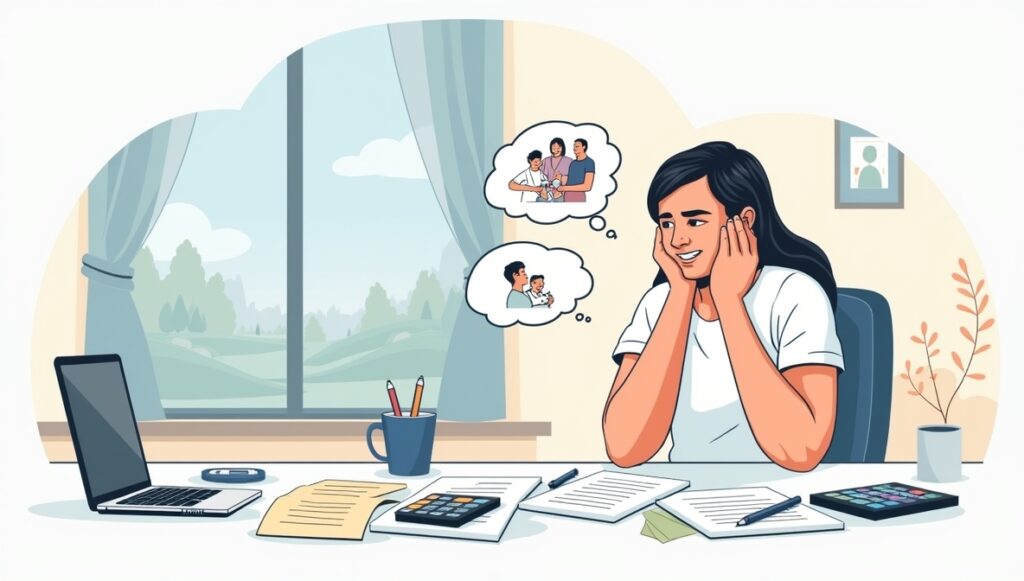
Divorce is hard. Doing taxes after a divorce can be even harder—especially when children are involved. If you are a divorced parent, you may have questions about who can claim the children as dependents. This can affect how much tax you pay or how big your refund is.
In this article, we will walk through helpful tax tips for divorced parents claiming dependents. We’ll explain how the IRS handles this issue, what rules you need to follow, and how you can plan ahead. Whether you are newly divorced or have been for years, these tips can help you file your taxes the right way in 2025.
Page 1: Who Gets to Claim the Child?
Let’s start with the big question: Who can claim the child on their taxes? The IRS has rules that decide which parent can do this.
Usually, the custodial parent gets to claim the child. That means the parent the child lives with for most of the year. Even if both parents share custody, the IRS looks at which one has the child more nights during the year.
But here’s the twist: The custodial parent can give up the right to claim the child. They must fill out IRS Form 8332. This form tells the IRS that the non-custodial parent (the one the child does not live with most of the time) can claim the child for the year.
This can be helpful if the non-custodial parent makes more money and can get more tax benefits. But it must be agreed on and written clearly—either in a divorce agreement or just for that year.
Key Tip #1:
Talk to your ex and plan ahead. Don’t both try to claim the same child in the same year. That will cause a big problem with the IRS, and one of you may lose your refund.
Page 2: Why It Matters Who Claims the Dependent
Claiming a child on your taxes can lead to big savings. That’s why this issue is so important. Let’s look at the tax breaks that come with claiming a child.
Here are some benefits you may get:
- Child Tax Credit – In 2025, this credit could be worth up to $2,000 per child. It helps lower the amount of tax you owe.
- Earned Income Tax Credit (EITC) – This credit is for working people who earn less money. It can be worth several thousand dollars, depending on your income and number of kids.
- Head of Household Filing Status – This status gives you a higher standard deduction than filing as single. But only one parent can claim it, and you must have paid more than half the cost of keeping up a home for the child.
- Child and Dependent Care Credit – If you pay for daycare or babysitting while you work, this credit can help you get money back.
- Education Credits – If your child is in college, you may be able to get credits like the American Opportunity Credit or Lifetime Learning Credit.
All of these depend on who claims the child as a dependent.
Key Tip #2:
Use Form 8332 the right way. If the custodial parent allows the other parent to claim the child, this form must be signed and attached to the tax return. If it’s not, the IRS will not accept the claim.
Tax tips for divorced parents claiming dependents often focus on making sure paperwork is done correctly. This is one area where a small mistake can cost you a lot of money.
Page 3: Common Mistakes and How to Avoid Them
Now that you understand the basics, let’s talk about mistakes that divorced parents often make—and how to avoid them.
Mistake #1: Both Parents Claim the Same Child
If both parents try to claim the same child, the IRS will notice. They may delay your refund or send you a letter asking for more info. This can lead to audits or even fines.
✅ Fix: Always communicate with your ex. Make a written plan for who will claim each child each year.
Mistake #2: Not Understanding “Tie-Breaker Rules”
What if both parents file first and claim the child? The IRS uses tie-breaker rules:
- The parent who the child lived with more nights wins.
- If the nights are equal, the parent with the higher income wins.
✅ Fix: Keep records of your child’s time with you. A calendar or court documents can help.
Mistake #3: Claiming Head of Household Without Qualifying
Some parents think that if they have the child for even a short time, they can claim “Head of Household” status. That’s not true.
You must have the child live with you for more than half the year and pay over half the cost of the home.
✅ Fix: Use IRS Publication 501 to check if you qualify.
Planning for the Future
It’s a good idea to plan ahead for taxes, especially after divorce. Here are a few more tax tips for divorced parents claiming dependents:
- Put agreements in writing – Even if you get along now, it’s best to have a clear agreement that says who claims the child and when.
- Review it each year – Income and custody can change. Make sure your plan still works.
- Talk to a tax professional – Tax laws can change from year to year. A tax pro can help you make the best choices for your family.
Conclusion
Handling taxes after a divorce isn’t easy, but you don’t have to do it alone. With the right knowledge and planning, you can avoid mistakes and keep more of your money. These tax tips for divorced parents claiming dependents are here to help you understand the rules and make smart choices in 2025.
Remember:
- Only one parent can claim the child each year.
- Use the right forms (like Form 8332).
- Plan ahead and talk it out with your ex.
- Get help if you need it.
When you stay organized and informed, you’ll feel more confident at tax time—and you might even get a bigger refund!


